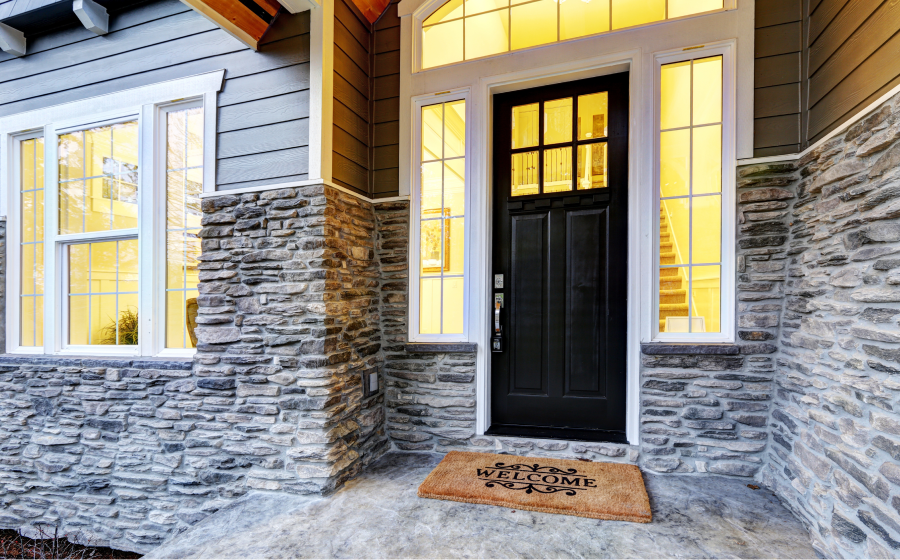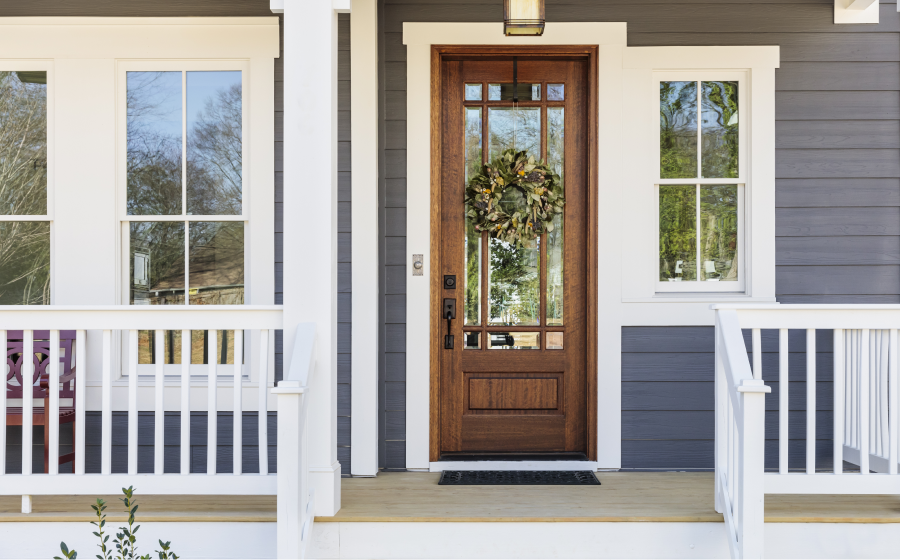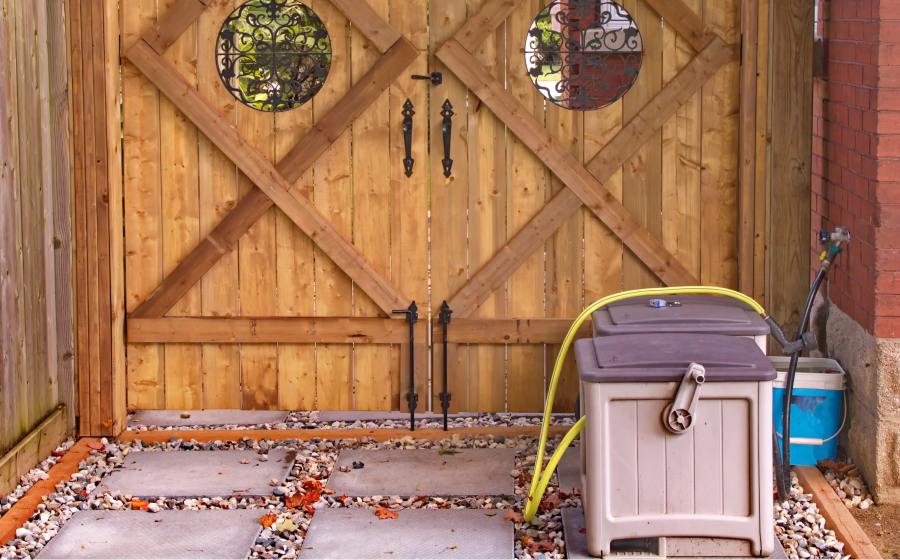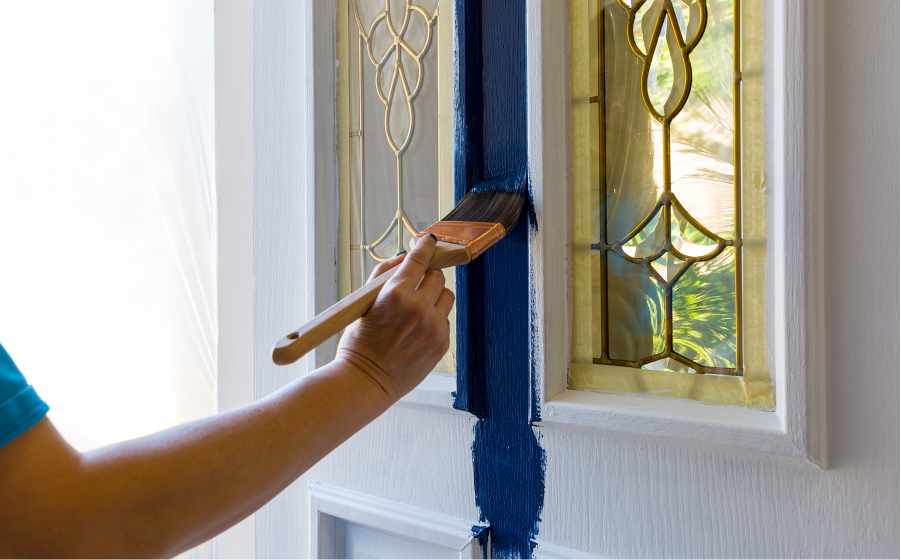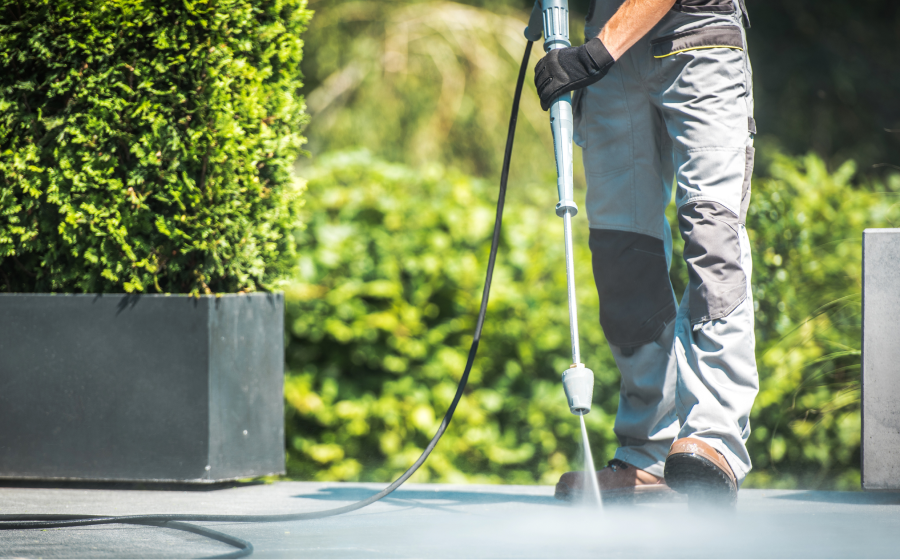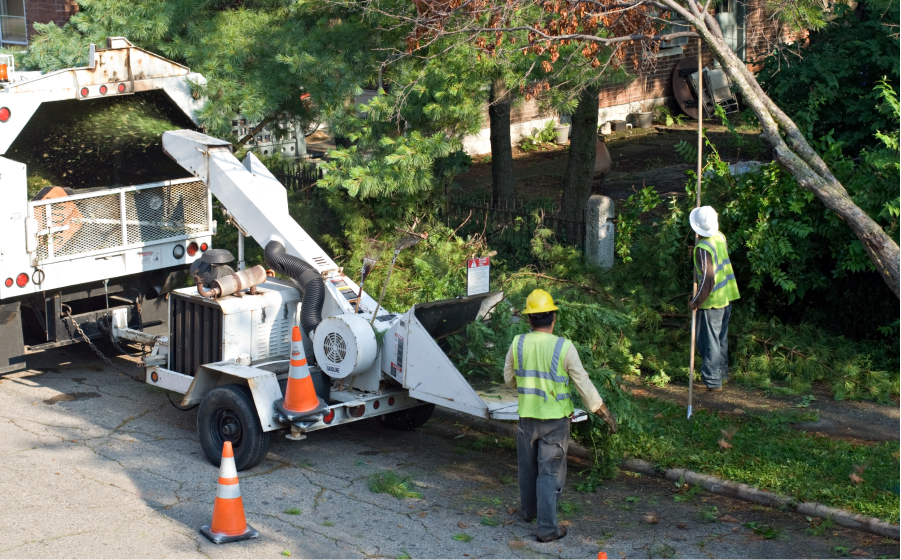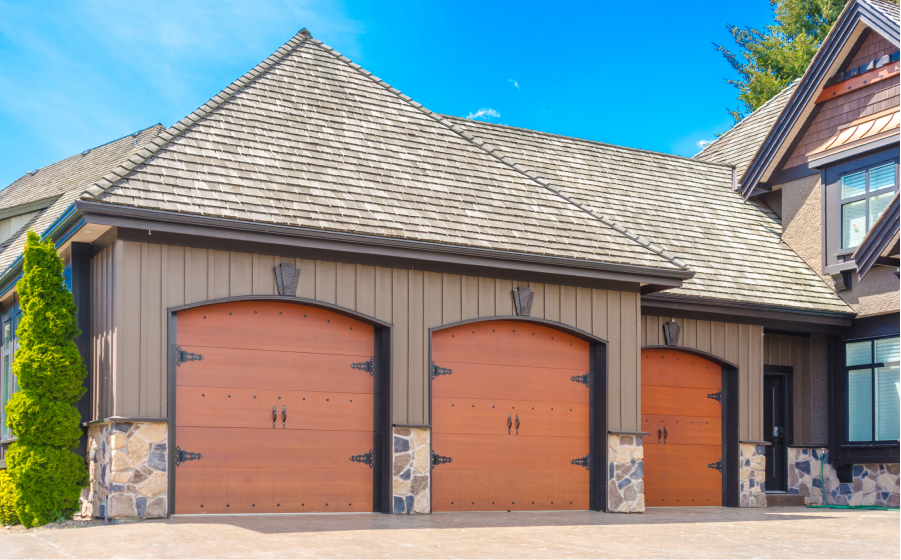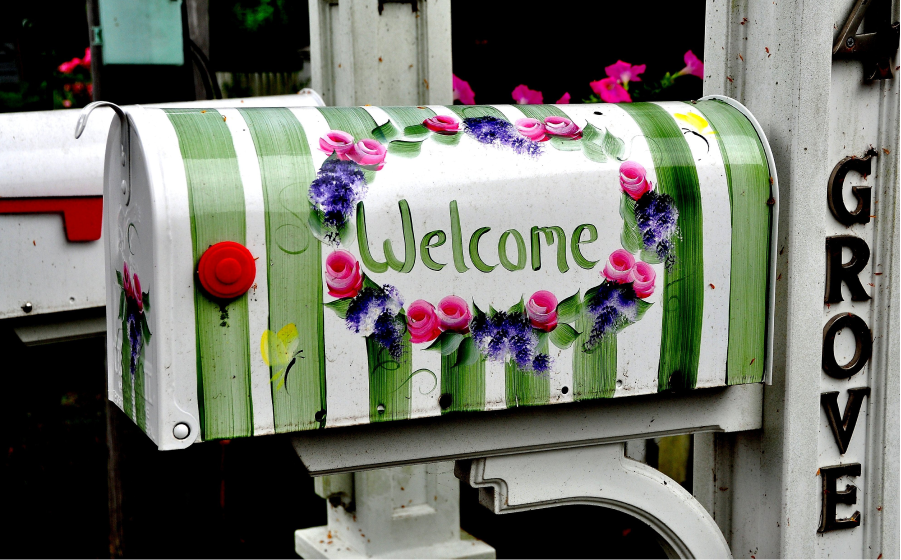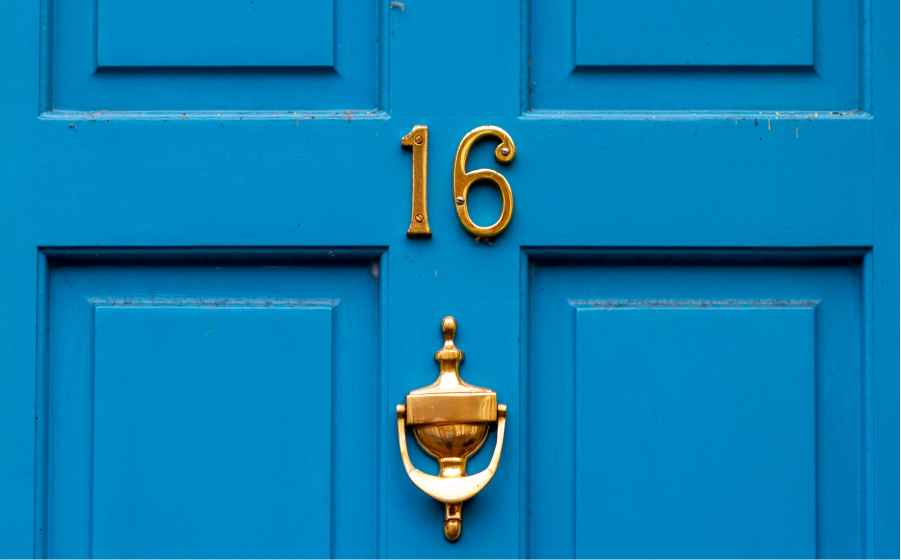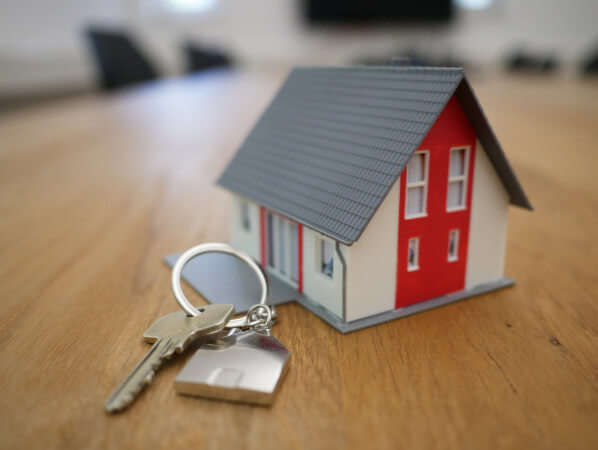
Your home can be your biggest asset and a primary tool for building wealth over the long term. But like other assets you invest in, such as stocks and bonds, the value fluctuates. These fluctuations can put you underwater with your mortgage.
Here’s what you need to know about underwater mortgages and what you can do if you have one:
What is an underwater mortgage?Signs of an underwater mortgageProblems with underwater mortgagesUnderwater mortgage options
What is an underwater mortgage?
An underwater mortgage, also known as an upside-down mortgage or having negative home equity, is a home purchase loan with a principal balance that exceeds the value of the home — in other words, you owe the lender more than your home is worth.
Underwater mortgages were common during the Great Recession from 2007 to 2009, when home values throughout the country plummeted and continued to decline for several years after the recession’s end. Homeowners with purchase or refinance loans based on pre-crash home values found themselves underwater as a result.
Underwater mortgages are less common today because of tighter underwriting standards and record price increases since the pandemic. Median home prices increased nearly 25% from June 2020 to June 2021, so there’s a good chance that your home is worth more now than when you bought it.
Signs of an underwater mortgage
Situations that might push you into negative equity include a decrease in local property values. A low appraisal is also a good indicator that you might be underwater on your mortgage.
Here’s how to find out if your loan is underwater.
Figure out how much you owe
You can find out how much you owe by checking your mortgage statement. You’ll see the amount listed under “principal balance” or “outstanding principal”.
If you need to know the exact amount immediately, you’re best off calling your loan servicer and asking for your payoff amount. That figure will include interest and fees that have accrued since the lender prepared your statement.
Whether you’re researching rates or looking to buy a home, Credible is here to help. You can compare prequalified rates on home loans from all of our partner lenders in just a few minutes.
Credible makes getting a mortgage easy
Instant streamlined pre-approval: It only takes 3 minutes to see if you qualify for an instant streamlined pre-approval letter, without affecting your credit.We keep your data private: Compare rates from multiple lenders without your data being sold or getting spammed.A modern approach to mortgages: Complete your mortgage online with bank integrations and automatic updates. Talk to a loan officer only if you want to.Find Rates Now
Trustpilot
Determine your home’s value
The only way to get an accurate opinion of value is to have your home appraised by a licensed home appraiser. A professional home appraisal is usually worth the cost if you’re hoping to sell your home. Otherwise, you can get a ballpark figure for free from a real estate portal site like Redfin or Realtor.com.
Subtract your home value from your principal balance
The final step is a simple math problem that will show whether you’re underwater:
Value – Balance = Equity
If, for example, your home is worth $200,000 and you owe $225,000 on your mortgage, the equation will look like this:
$200,000 – $225,000 = -$25,000
In this scenario, you’re $25,000 underwater on your home loan.
Problems with underwater mortgages
An underwater mortgage doesn’t always have a negative impact on a homeowner. If your mortgage is affordable and you’re not planning to sell or refinance, you might not worry about it at all. However, when that’s not the case, an underwater mortgage can put you at a serious disadvantage.
Refinancing
Lenders protect themselves against default by limiting how much of your equity you can refinance. The limit might be 80% for a cash-out refinance, for example, or 95% for a rate-and-term refinance. But if you have negative equity, you have nothing to draw against.
Even in the event you find a loan that lets you refinance 100% of your home’s value, the new loan won’t fully repay the underwater one. In that case, you’ll have to pay enough cash at closing to make up the difference.
Also See: How to Refinance Your Mortgage in 6 Easy Steps
Selling
Most mortgage loans have a due-on-sale clause that makes the loan due in full when the owner sells. In the case of an underwater mortgage, where the sale won’t cover the amount needed to pay off the loan, you’ll need enough cash at closing to make up the difference.
Foreclosure
Your lender can’t foreclose simply because you’re underwater, but being underwater increases your risk of foreclosure because it limits your options. Since you might not be able to refinance or sell the home, there’s a greater chance of your home going into foreclosure if you can no longer keep up with the mortgage payments.
Underwater mortgage options
You don’t necessarily have to take action when your mortgage is underwater, but it’s probably a good idea, even if only to ward off future problems. If you’re already struggling, a quick response can keep you from losing your home.
Stay in your home
The simplest option is to remain in your home and continue making your regular mortgage payments. By paying down your principal balance, you’ll continue to build equity. Consider making extra principal payments to pay down your loan balance faster.
You can also try to increase the value of your home. Home remodeling projects rarely generate a positive return on investment unless you can do the work yourself, but simple jobs that improve curb appeal can give your home value a boost for little cost beyond elbow grease.
Tip: If you can’t afford to make extra principal payments or remodel your home, sit tight and wait for a market cycle more favorable to sellers. This can right your mortgage naturally as values appreciate.
Refinance
Refinancing an underwater mortgage is tricky because you typically need equity to do it. However, you might be in luck if your loan is backed by Freddie Mac.
The Freddie Mac Enhanced Relief Refinance is meant for homeowners whose mortgages are underwater. This option could make your loan more affordable by lowering your mortgage rate and monthly payment or allow you to increase your equity faster with a shorter repayment period.
The program is available if you took out your home loan on or after Oct. 1, 2017, and are current with payments. Additional requirements include having had no 30-day delinquencies within the last six months and no more than one 30-day delinquency in the last year. Fannie Mae has a similar program but has paused it temporarily.
What about government-backed loans? Certain government-backed loans may still allow you to refinance if your mortgage is underwater. The FHA streamline refinance program, for instance, doesn’t require an appraisal, so you can refinance your FHA loan even if you have negative equity.
On the other hand, the VA no longer guarantees loans where the loan-to-value ratio exceeds 100%. Some lenders do set a higher cap on streamline refinances, but the cap includes closing costs and funding fees that the lender rolls into the loan. These costs can put you even further into negative equity.
Sell your home
You’ll have to meet one of two conditions to sell a home with an underwater mortgage:
Make up the difference between your loan balance and the sale price with a cash payment at closingGet permission from your lender to sell short
Unless you’re struggling to make payments, in which case you probably lack the funds to bring cash to closing, it doesn’t make sense to sell while your mortgage is underwater. But if you are struggling, a short sale can be an alternative to foreclosure.
Your lender won’t allow a short sale unless you document a hardship that’s likely to keep you from making payments for the foreseeable future, such as a job loss or disability. It can also take months before your lender approves the short sale.
In the meantime, you might rack up enough late payments that a short sale will do as much harm to your credit as a foreclosure would. And if the lender does approve the short sale, you might have to pay tax on the amount of the loan balance the lender forgives.
Walk away
Your last resort is to simply walk away from your home and let the lender foreclose on it. This option is called a strategic default because you’ll have concluded that you’re unable to stay in the home and instead plan to use the money to pay off other debt or build savings for rent.
Foreclosure will negatively impact your credit and remain on your credit report for seven years. As such, you might find it difficult to rent a home. Paying some or all of your rent upfront, though, gives you a better chance at having your rental application approved.
Important: One more option you can try before walking away is a loan modification. This is an agreement between you and your lender that changes the terms of your loan and makes your mortgage payment more affordable. Your credit might still take a hit, but it can at least help you avoid foreclosure. Talk to your lender to see if you qualify.
The post Underwater Mortgage: What Is It and What Are Your Options? appeared first on Credible.
Did you miss our previous article…
https://corazoncrm.org/?p=348




